Deployment stories
DETECTING RF INTERFERENCE AT ONE OF THE WORLD’S BUSIEST SPACEPORTS


How a spaceport operator ensures the integrity of its payloads with 24/7/365 RF monitoring
DOMAIN: LandAPPLICATION: Spectrum monitoringCUSTOMER: Spaceport
PROBLEM: Ensuring payload integrity
With over one hundred launches a year and up to three launches a week, this East Coast spaceport is one of the busiest in the USA. Such an active launch schedule demands the spectrum monitoring team operate 24/7/365.
The spaceport’s greatest challenge is ensuring the integrity of classified payloads, which must be protected from radio frequency interference. Although the greatest concern is from unintentional interference, there is also a risk of nefarious activity from hostile actors.
Given the substantial concentration of transmissions originating from the numerous test labs within the base, there is a significant risk that inadvertent signals from wireless communication devices may disrupt the scientific instruments’ sensitive electronic components. Such interference could lead to data corruption, operational discrepancies, or even tangible harm to the equipment.
Highly sensitive payloads can be damaged by tiny amounts of radio frequency; therefore, this spaceport needed to implement a strict spectrum monitoring regime and rigid spectrum management protocols—to ensure RF emissions are tightly controlled. Payloads must be constantly monitored 24 hours before launch. Once a rocket is launched, the team moves to the next launch to secure the next payload.
Ensuring payload integrity is critical; a malfunctioning payload could result in millions of wasted dollars or, worse, tragedy and loss of human life.

SOLUTION: Complete spectrum coverage
The spaceport required the most robust spectrum monitoring setup possible: a hybrid solution comprising a fixed network of RFeye Nodes distributed around the whole region, fixed RFeye Arrays, and vehicle-mounted Arrays.
As payloads are transported terrestrially to the launch site, mobile solutions allow the spectrum monitoring team to begin interference hunting immediately upon entering the designated range.
This hybrid solution provides complete spectrum coverage and allows the duty spectrum monitoring team to carry out hybrid validation when interference is detected: Spectrum managers first carry out Time Difference on Arrival (TDoA) to obtain a precise geolocation of the interference. They then confirm this measurement by tasking Arrays to provide intersecting lines of bearing.
Each team comprises one duty RF expert responsible for real-time spectrum monitoring of the target area using RFeye Site software. Additionally, this expert is tasked with configuring missions in RFeye Mission Manager, an automated spectrum monitoring tool that enables non-RF experts to monitor the spectrum and immediately notify the expert of any automatically detected interference.
Given the continuous rotation of teams, the transitioning RF expert uses RFeye Mission Manager to automate a mission for the incoming team. This ensures a seamless handover and establishes the protective measures required for the next payload.
Should the team identify an unknown signal that could compromise payload integrity, it can create a specific detector for this signal and use RFeye DeepView to forensically analyze its characteristics and origins.
RESULTS: Constantly detecting interference
The spectrum monitoring team at this busy spaceport constantly detects interference and, therefore, ensures the success of critical space missions by guaranteeing the integrity of highly sensitive payloads.
As the team operates continuously, it must have equipment designed for uninterrupted, round-the-clock operation. The RFeye ecosystem operates 24/7/365 and allows the one RF expert on each shift to delegate responsibility by relying on expert software that sends automatic alerts if anomalies are detected.
The team can remotely set schedules and carry out direction finding up to 40 GHz using robust equipment with multi-function capability. The spaceport has become reliant on the hardware and software to ensure critical operations and is currently planning on extending the RFeye Node network to comprise twenty-five 100-40s.
Moreover, the East Coast spaceport’s satisfaction extends beyond the RFeye technology. The appealing initial cost, coupled with the exemplary ongoing customer support, has been instrumental in maintaining the continuity of the launch schedule.
On one occasion, a tiny syntax error made by spaceport engineers threatened a mission. However, their close relationship with CRFS engineers meant the two teams worked together on the weekend to help identify the error and ensure the classified payload was launched on time.
Seamless operations hinge not solely on technology; fostering strong human relationships is fundamental.
Related products
Hardware and software related to this deployment story.
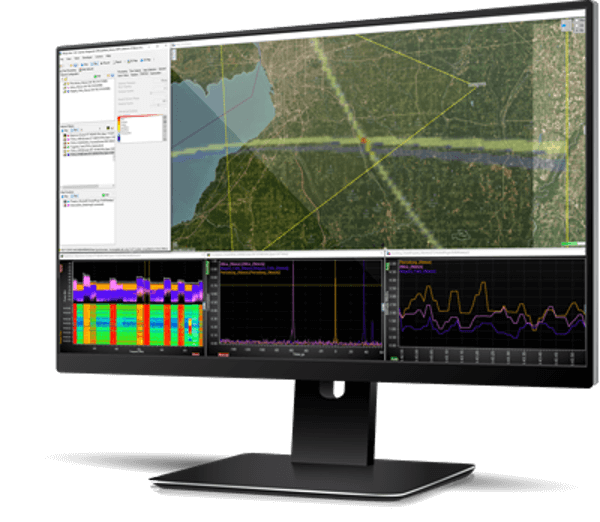
RFeye DeepView
RFeye DeepView is a forensic signal analysis software solution offering a 100% probability of intercept.

RFeye Mission Manager
RFeye Mission Manager is a toolset for automated spectrum management and near-time incident reporting.
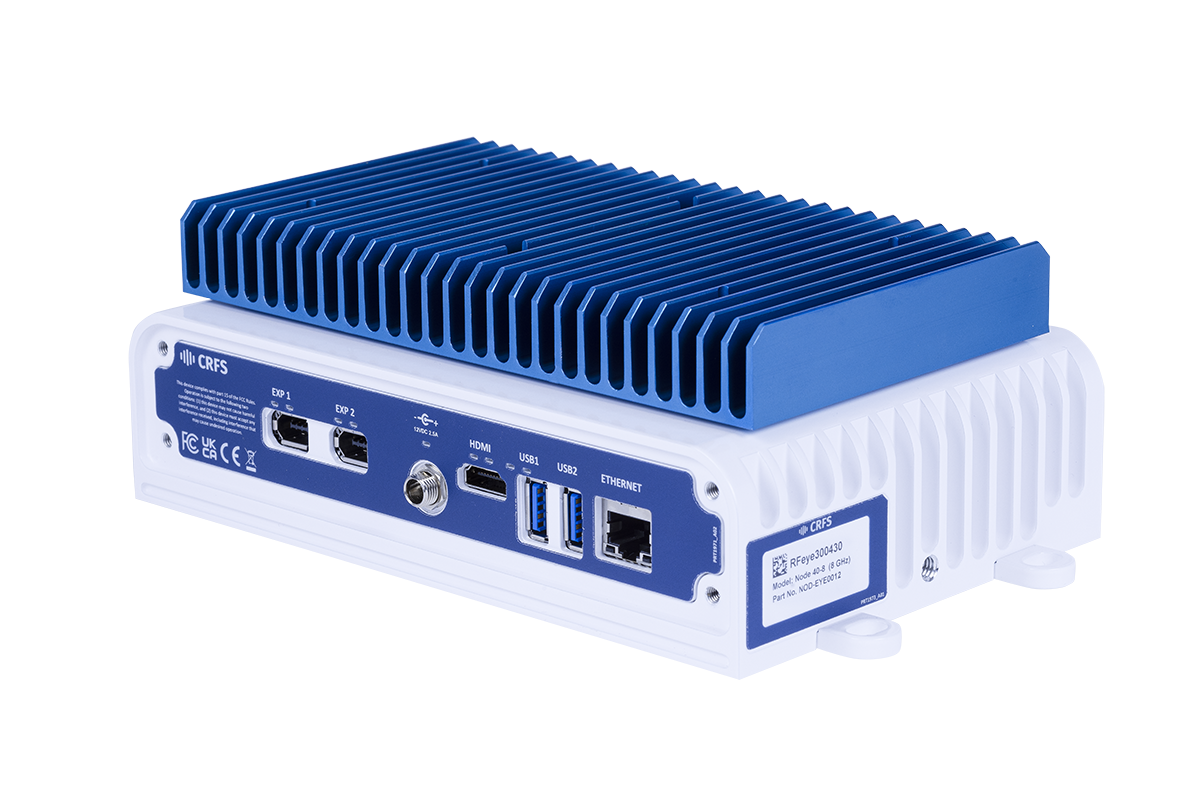
RFeye Node 40-8
A wideband RF receiver to ensure you never miss a signal. The RFeye Node 40-8 provides the latest superheterodyne receiver technology to provide outstanding quality and performance at a highly competitive price.
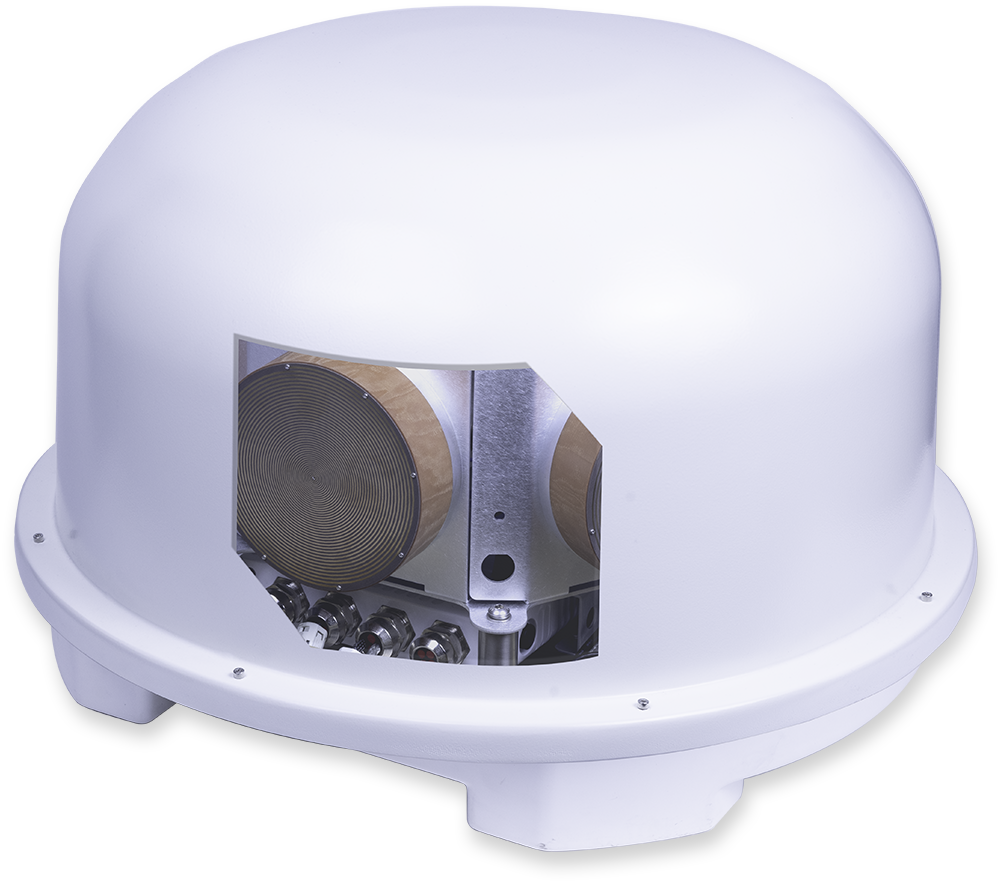
RFeye Array 100
Direction finding and advanced plug-and-play geolocation system. Fully integrated, multi-mission systems for fixed, vehicle, or transportable applications with simultaneous DF, monitoring, and geolocation capability.

RFeye Array 300
High-performance simultaneous wideband radio monitoring, DF, and geolocation. Vehicle-mounted or fixed deployment with 8GHz, 18GHz, or 40GHz options. Two Nodes enable you to receive and record I/Q simultaneously.

RFeye Site
RFeye Site is a toolbox to monitor the spectrum in real-time and geolocate signals in complex RF environments.
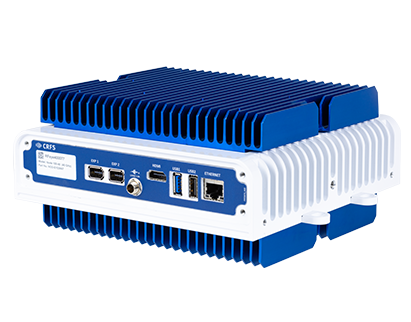
RFeye Node 100-40
RF receiver with a 100MHz instantaneous bandwidth. Packaged in a lightweight weatherproof rugged form, the Node 100-40 delivers 24/7 365 spectrum vigilance for long-term deployment in harsh environments.
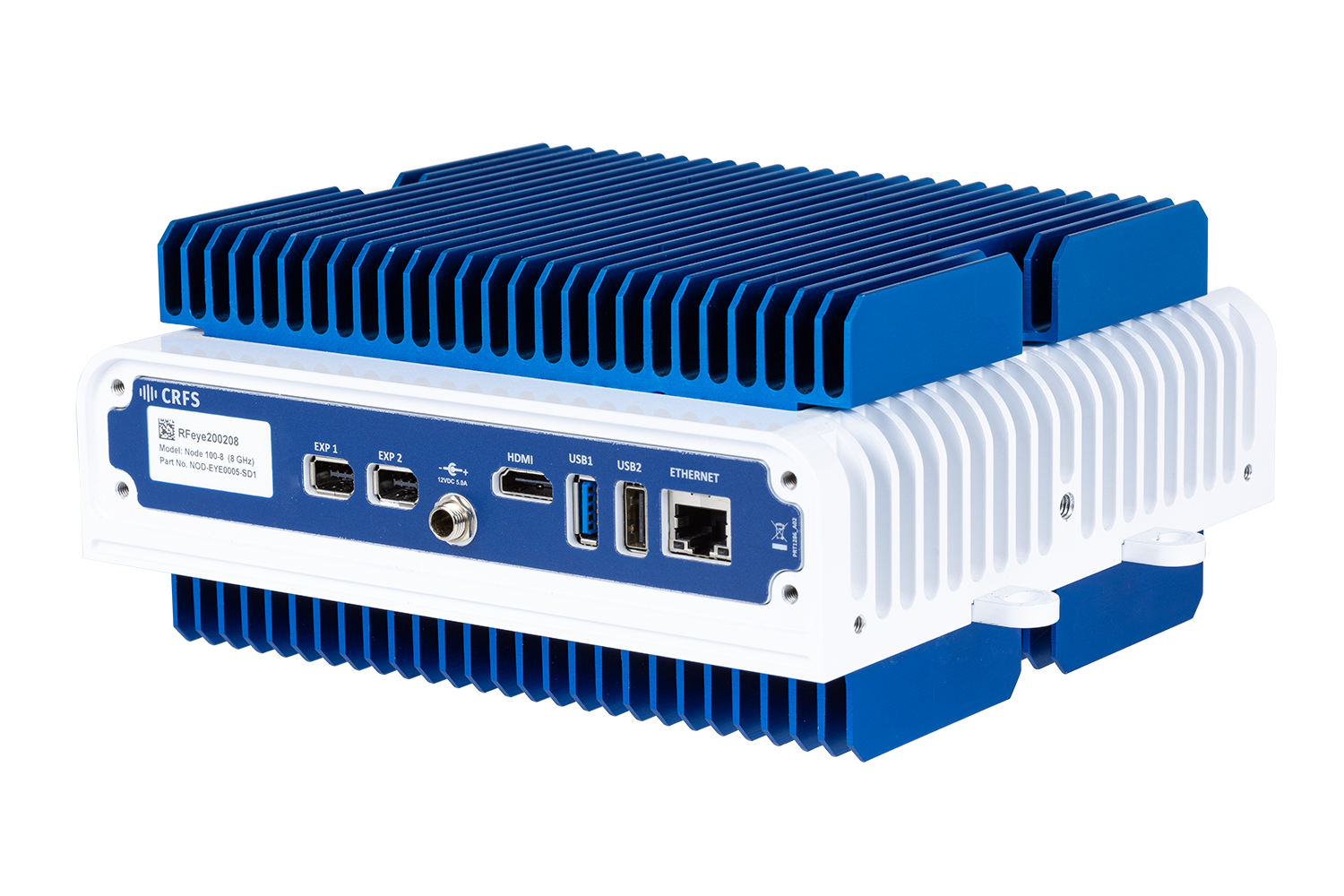
RFeye Node 100-18
The wideband RFeye Node 100-18 is a complete spectrum monitoring and geolocation system. Optimized for size, weight, and power (SWaP), it is simple to connect, power, and network.